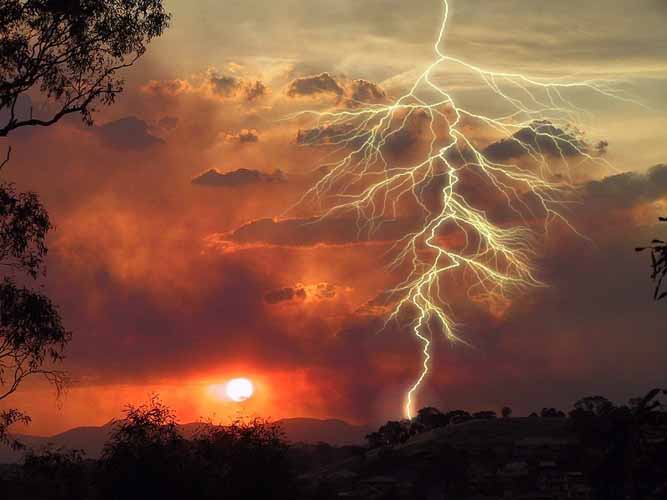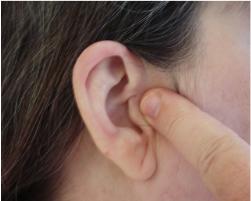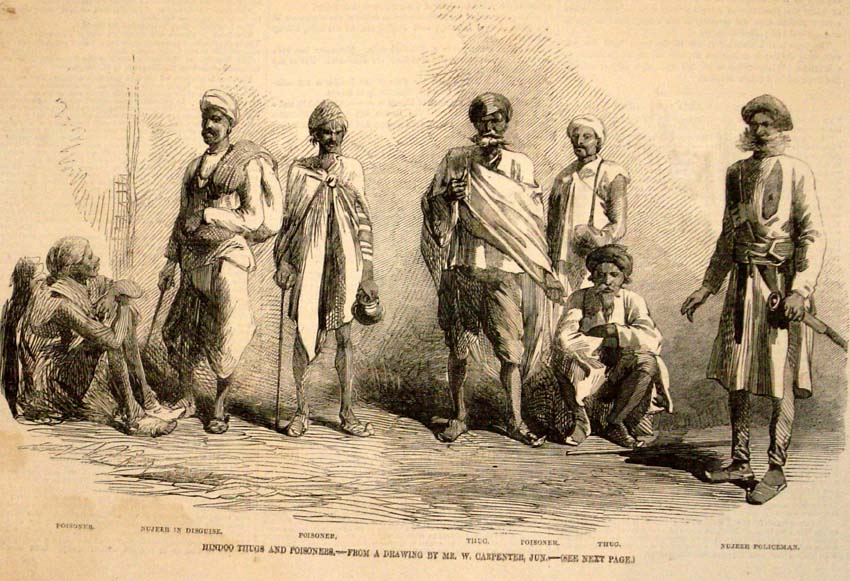The more I listened, though, the more it occurred to me how mysterious a phenomenon it is. So I thought, time to remind myself how thunder works.

When you type the word "thunder" into a Google image search, you get all kinds of pictures like this, of lightning. That's because thunder is the sound that lightning makes, and it's really hard to take a picture of sound.
(Wallpaper photo from layoutsparks.com)
- Very simply, thunder is the sound that lightning makes.
- There is no thunder without lightning, and no lightning without thunder.
- Lightning gets really hot, many times hotter than the surface of the sun. The air around the lightning strike gets heated up and compressed by that flash of electricity. Very quickly the compressed air explodes outward in waves, and that's what we hear as thunder.
- Now I'll slow it down and explain the process in more detail.
How Thunder Happens
- When thunderclouds or cumulonimbus clouds form, they take that shape because the hot air in the cloud is rising away from the cooler air at the bottom of the cloud.
- Positively-charged electrons cluster in the hot air at the top, and negatively-charged electrons gather in the cooler air at the bottom.

Distribution of charged particles in a thundercloud. Negatively charged particles are at the bottom of the cloud.
(Diagram from Museum of Science)
- Eventually the division between the two types of electrons becomes so great that the electrons simply must meet up with each other. Sometimes the electrons find each other from one cloud to another. Sometimes the negatively charged electrons at the base of the cloud link up with the positively charged electrons on the ground.

Negatively charged particles at the bottom of the thundercloud are seeking the positively charged particles on the ground. This is the first part of a lightning strike, a cloud-to-ground flash.
(Diagram from Museum of Science)

The second part of a lightning strike is the ground-to-cloud flash.
(Diagram from Museum of Science)
- In either scenario, intra-cloud or cloud-to-ground, a huge charge of millions of volts of electricity is created. We see that exchange of electrons, that huge burst of electricity, as a flash of lightning.
- When the lightning flashes, the air gets heated to incredibly hot temperatures that can be anywhere from 18,000 degrees F to 60,000 degrees F. That's up to 6 times hotter than the surface of the sun.
- Normally, when things get hot, they expand. Spread out. But when the lightning flashes that hot and that fast, the air doesn't have enough time to expand.
- So all that super-hot air is bunched up together, or compressed. The pressure is so great that, blammo, the hot air explodes outward. That explosion of hot, compressed air is thunder.
- When you blow air into a bag and smack your hand against the bag to make the bag burst, you hear a loud POP. The air breaking the bag and escaping out through the hole in a rush is what makes that sound. That's pretty much what happens when you hear thunder.
Why Thunder Sounds the Way it Does

This is one reason why thunder rumbles. Lightning bolts strike in jagged lines. Each bend in the bolt sends out waves in a different direction. So the sound waves start out traveling in ripples in all sorts of directions.
(Image from the Weather Doctor)
- We hear the thunder as a rumbling sound essentially because that explosion of air travels in waves.
- When you hear far-off thunder, a lot of things have happened to the sound waves before they've reached you. The waves will have bounced off other clouds, buildings, the surface of the earth, all kinds of things first. So the sound waves are actually arriving in bits and pieces.
- Also, some of the sound waves also will not have managed to travel the entire distance to you. So it won't be as loud and distinct, but will sound long, drawn-out, and soft.
- The higher frequency sound waves don't travel as far as the lower frequencies. By the time far-off thunder reaches you, only the lower frequencies will have made it that far. Think of how, as a car approaches playing music, you can hear the thump of the bass long before you hear any of the melody.
- All of these things taken together plus the effects of wind and variations in air temperature are why, when a thunderstorm is still far away, the thunder sounds like long, low, soft rumblings.

Boy, that's a really beautiful picture of lightning at sunset. isn't it? But look for a moment at all the branches of lightning, and notice all clouds that are nearby. You can almost imagine how the thunder will start shooting off in all directions, and how it will bounce off those clouds and maybe those hills and the trees before it gets to you.
(Photo from crystalinks)
- As lightning gets closer, the sound of its thunder changes. It sounds less like rumbling and becomes quicker, sharper, until it's so close it sounds like a single, loud CLAP. When the lightning is that close, the sound waves haven't bounced off anywhere near as many things before getting to you, you're hearing the higher frequencies as well as the lower frequencies, and you're hearing a lot more of the sound waves.
Thunder Without Lightning, or Lightning Without Thunder?
- Q: Everybody always says light travels faster than sound, and this is why, when a storm is close, we see the flash of lightning before we hear the sound of thunder. But as a storm approaches, we usually hear the thunder long before we see lightning. Shouldn't it be the other way around? Shouldn't we see lightning long before we hear thunder?
- A: We hear the thunder as a storm approaches because those lightning flashes are happening several miles away. In between that lightning flash and us are all sorts of clouds and rain. The lightning is actually getting obscured by the storm itself, but we can still hear the thunder because those big, low frequencies slowly bounce their way to us in spite of -- or maybe even courtesy of -- the rain and the clouds.
- Also, 85% of lightning happens from one cloud to another, never touches the ground. So we may be hearing thunder from lightning that's happened inside clouds, where we can't see it.

On a dark, rainy day like this, it might be too cloudy to see lightning.
(Free photo from Google Chrome web store)
- Q: You say there's no lightning without thunder, but how come I sometimes see heat lightning flashing in the sky like mad, and I never hear any thunder?
- Heat lightning is essentially the opposite of what I've just described. In this case, the thunderstorm is so far away, the lightning reaches us but the sound of the thunder does not. In this situation, the sky around us is clear enough that clouds don't obscure the sight of the lightning that's happening many miles away.
- We call it heat lightning because it usually happens to be hot and hazy where we are when we can see the far-away storm, and people assume that it's the heat that's creating the lightning. But in fact the heat where we are has nothing to do with the lightning that's happening in the storm a great distance away.

You might think this is heat lightning. But really it's lightning that is happening very far away, and it happens to be hot where you're standing when you see it.
(Photo from Wikipedia)
- When conditions are right, you can hear thunder as far as 12 or 15 miles away. By contrast, if there aren't clouds in the way, you can see lightning happening as far as 100 miles off.
- If you hear thunder, somewhere there was lightning. If you see lightning, somewhere there was thunder.
What's that thing about counting the seconds between lightning and thunder again?
- When you can both see lightning and hear thunder, count the seconds that pass between the lightning flash and the thunder.
- Each second represents about 350 meters, or about 4 football fields.
- That gives you a rough idea of how far away the lightning is.
Related entries: Lighting, Lightning Striking Airplanes, Thunderstorms
Sources
Science Made Simple, What Is Thunder?
Library of Congress, Everyday Mysteries, What causes the sound of thunder?
Weather Wiz Kids, Experiments, Make thunder, Lightning
Weather Imagery, Facts About Thunder
Amber Wozniak, Northern Michigan University, When Does Lightning Occur and Why?
Meteorologist Jeff Haby, theweatherprediction.com, What is Heat Lightning?
Howstuffworks, Can you calculate how far away lightning struck by how long it takes for the thunder to arrive?





















